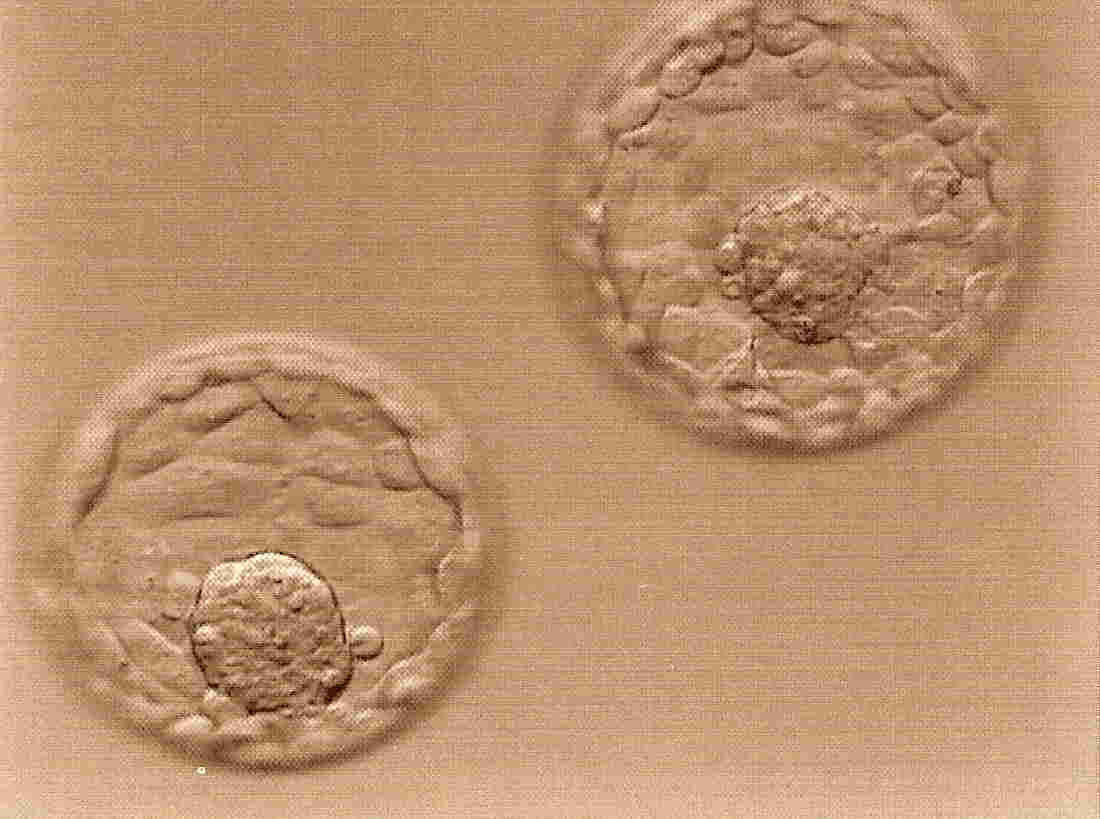Reproductive medicine is ever growing and improving. Part of this evolution in fertility treatment comes embryo grading, a method used to help predict the highest quality embryos for implantation. Find out how it may benefit you.
What is Embryo Grading?
In school, students receive grades from their teachers in order to assess their success and how much knowledge they have retained. With fertility treatments, embryo grading is similar. Embryos created during in vitro fertilization are graded to assess their quality and chances of attaining pregnancy.
After egg retrieval, specialists, called embryologists, culture the fertilized eggs as they become embryos. Then, before an embryo is selected into the uterus, the embryos are graded. All in vitro fertilization labs grade embryos, but the type of grading and when it happens depends on the specific fertility clinic. The embryologist will evaluate certain characteristics of the embryo, including:
- Number of cells

- Size of and uniformity of cells
- Rate of development
- Other factors, like fragmentation or debris between cells
- If the embryo is at the blastocyst stage, then the quality of the trophectoderm and inner cell mass are assessed
Good embryos have little to no imperfections while a poor embryo has numerous imperfections. These imperfections can affect the chance of pregnancy and live birth following an embryo transfer, but are not believed to significantly impact the health of any children that might result. That is, poor-quality embryos are less likely to become babies, but if they do become babies, they are as healthy as those from good-quality embryos.
How can this help with fertility treatments?
It’s best to have babies one at a time. Many couples attempting to conceive only want to transfer one embryo to the uterus to avoid multiple pregnancy (twins, triplets, etc.) and the increased medical risks associated with multiple pregnancy. Embryo grading can help assist in choosing the best embryo for transfer and reduce the motivation for transferring multiple embryos. Embryos not transferred can be frozen for later use.
Embryo Grading and Success Rates
Here at The Fertility Center of Las Vegas, we use blastocysts exclusively to assess their quality before implantation. Typically, a transferred blastocyst will implant in the uterus, resulting in a fetal heartbeat detected on ultrasound, about 60-70% of the time and a baby will result 50-60% of the time. This rate varies according to patient age (greater in younger patients, less in older patients), the use of genetic testing (greater with genetic testing, less without), and the patient’s infertility diagnosis.
Genetic testing of embryos before transfer is an evolving process that can speed up the process of having a successful pregnancy, but won’t necessarily increase the overall success rate. It can be used to reduce the risk of certain birth defects and to improve the chance of transferring a viable embryo to the uterus.
No grading method can completely predict which embryo will produce offspring,. Embryo grading can help your fertility doctor determine which embryo(s) to transfer, and even diagnose whether there is anything abnormal going on with the eggs or sperm.
Get More Information
When you come in for a consultation for fertility treatments, discuss with your fertility specialist the grades of your embryos. We can explain our embryo grading system to you, and start devising a plan for successful treatment.
embryo grading, embryo transfer, fertility treatments, infertility







